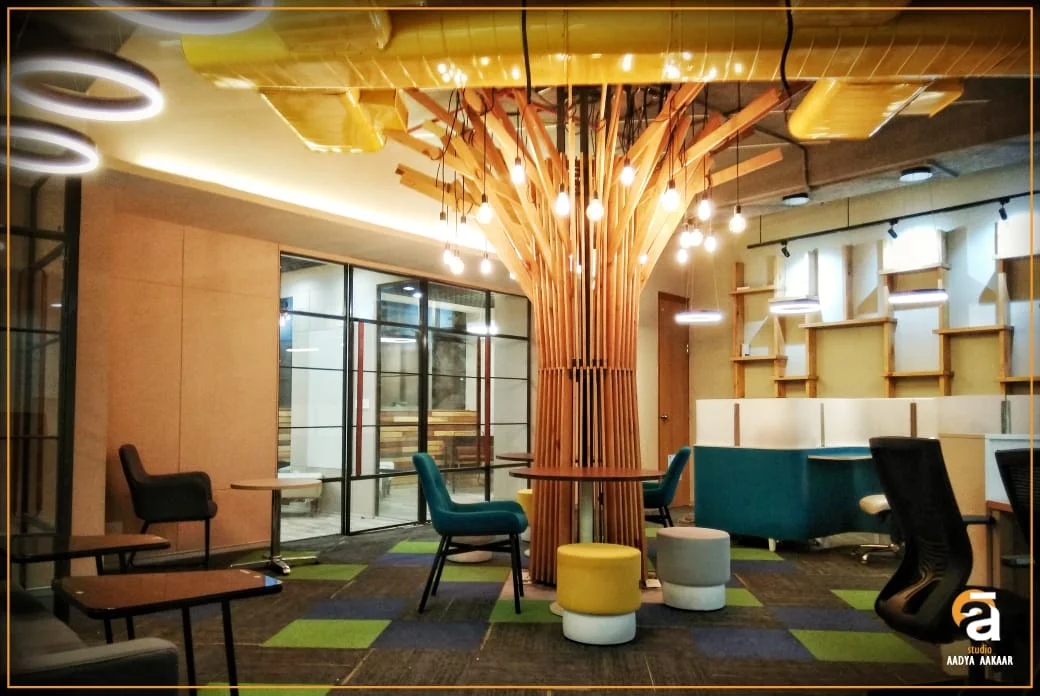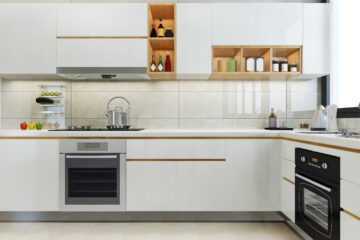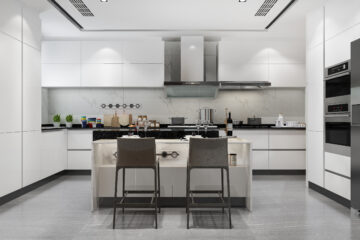The office, a dynamic environment where ideas flourish and productivity soars, is more than just a place of work—it’s a reflection of a company’s culture and values. An intelligently designed office interior not only enhances the overall aesthetics but also has a significant impact on employee well-being and performance. In this blog, we will explore the key elements of office interior design, delving into innovative ideas that can reshape your workspace.
To begin with, the layout of an office plays a pivotal role in fostering collaboration and communication among employees. By opting for an open-plan design, you create a sense of unity, allowing seamless interaction and idea exchange. Additionally, cleverly positioned dividers and glass walls strike a balance between privacy and openness.
Furniture selection is equally important when it comes to creating an ergonomic and comfortable environment. Ergonomically designed chairs and adjustable desks promote good posture and reduce the risk of health-related issues. Additionally, incorporating multifunctional furniture maximizes space efficiency and adds versatility to the office.
Color selection, Introducing vibrant hues like energizing yellows or soothing blues can invigorate the workspace and inspire creativity. Alternatively, neutral tones exude a sense of professionalism and sophistication.
Moreover, integrating greenery and biophilic elements within the interior design can have a transformative effect on employees. Indoor plants not only improve air quality but also promote a sense of calm and well-being. Embracing nature in the office nurtures a connection with the outside world and helps reduce stress levels.
Lighting is a powerful tool that can set the ambiance and influence productivity. Incorporating ample natural light through large windows creates a refreshing and invigorating atmosphere. To complement it, consider using warm, adjustable artificial lighting that can be customized according to the task at hand.
The office interior design should also reflect the brand identity and company values. Integrate branding elements subtly through artwork, graphics, or color schemes to instill a sense of pride and belonging among employees.
Collaborative spaces are the heartbeat of a modern office, encouraging teamwork and brainstorming sessions. Designate specific areas with comfortable seating and writable surfaces where employees can gather to share ideas and collaborate effortlessly.
As technology continues to evolve, incorporating smart features in office design has become a popular trend. From automated temperature control to IoT-enabled devices, these technological advancements not only improve energy efficiency but also enhance the overall user experience.
Lastly, don’t underestimate the impact of personalization .Encourage employees to add their touch of individuality to their workstations, making them feel more at home and invested in their space.
In conclusion, office interior design is an art that combines functionality, aesthetics, and human-centric elements. By carefully considering the layout, colors, furniture, storage, greenery, lighting, branding, collaborative spaces, technology, and personalization, you can create a transformative workspace that inspires creativity, boosts productivity, and elevates the well-being of your employees.
Embrace the power of thoughtful design, and witness the positive ripple effects it brings to your office—a space where innovation thrives, and success becomes a way of life.



